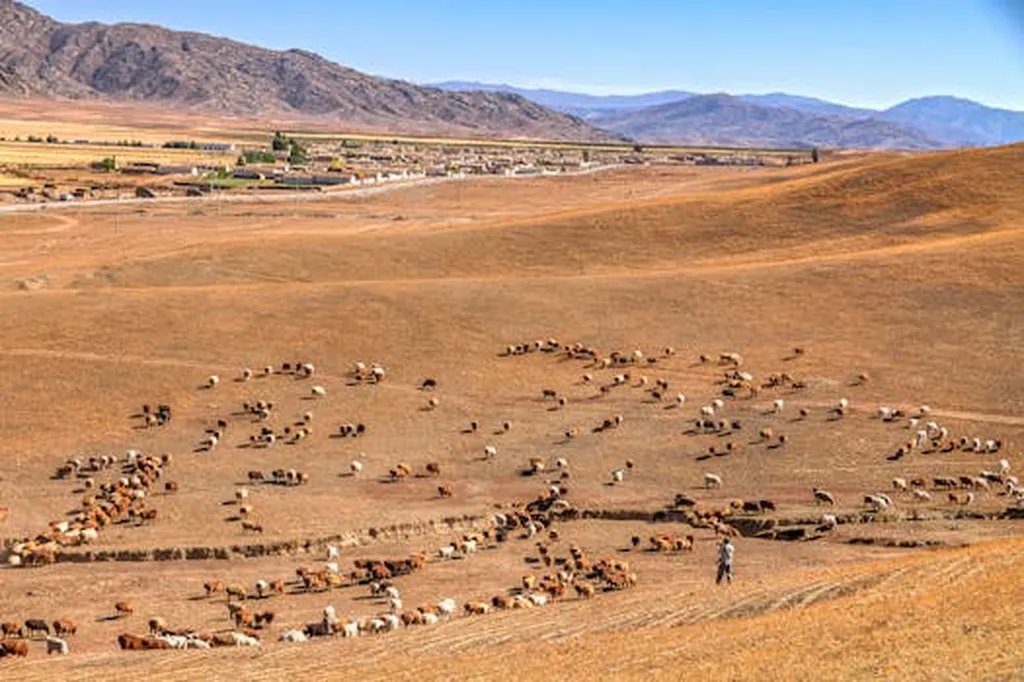In the face of climate change, droughts are becoming more frequent and severe, posing significant threats to agricultural productivity and water resources. Accurate drought forecasting is crucial for effective resource management and disaster mitigation, but the complex and non-stationary nature of climatic and ecological processes makes this a formidable challenge. A recent study published in *Agricultural Water Management* offers a promising solution by integrating wavelet transformation and machine learning techniques to enhance agricultural drought prediction.
The research, led by Muhammad Zubair of the Key Laboratory of Geographic Information Science at East China Normal University, introduces a hybrid modeling framework that combines wavelet transform preprocessing with ensemble-based machine learning models—XGBoost, AdaBoost, and Random Forest. The study focuses on the Sindh Province of Pakistan, utilizing CHIRPS precipitation data and MODIS-derived environmental indicators such as Land Surface Temperature (LST), Normalized Difference Vegetation Index (NDVI), Modified Normalized Difference Water Index (MNDWI), Vegetation Condition Index (VCI), and Vegetation Health Index (VHI).
Wavelet-based decomposition was applied to the time-series data to capture multi-scale patterns and reduce noise. The resulting signals were then used to train the machine learning models to forecast drought, as represented by the VHI. The results were impressive: wavelet preprocessing significantly improved prediction accuracy. Among the tested models, XGBoost achieved the highest performance with an R² value of 0.964, followed by AdaBoost (R² = 0.946) and Random Forest (R² = 0.9263).
“This study demonstrates the power of combining advanced data processing techniques with machine learning to tackle one of the most pressing challenges in agriculture today,” said Muhammad Zubair. “By improving our ability to predict droughts, we can better prepare for and mitigate their impacts, ultimately enhancing agricultural resilience and sustainability.”
The commercial implications for the agriculture sector are substantial. Accurate drought forecasting can help farmers make informed decisions about crop selection, irrigation strategies, and resource allocation, potentially saving millions of dollars in losses due to drought-related damages. Additionally, policymakers can use this framework to develop targeted interventions and allocate resources more effectively, ensuring food security and economic stability in drought-prone regions.
The proposed framework offers a robust decision-support tool for identifying drought-prone areas, enhancing agricultural resilience, and informing policy responses to climate-related risks. As climate change continues to intensify, the need for such innovative solutions will only grow. This research not only provides a practical tool for current applications but also sets the stage for future developments in the field of agricultural drought forecasting.
By leveraging the strengths of wavelet analysis and machine learning, this study paves the way for more accurate and reliable drought predictions, ultimately contributing to a more resilient and sustainable agricultural sector.

